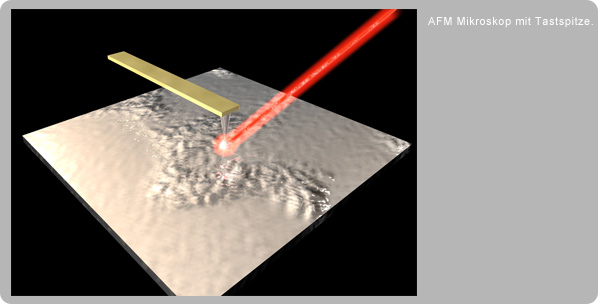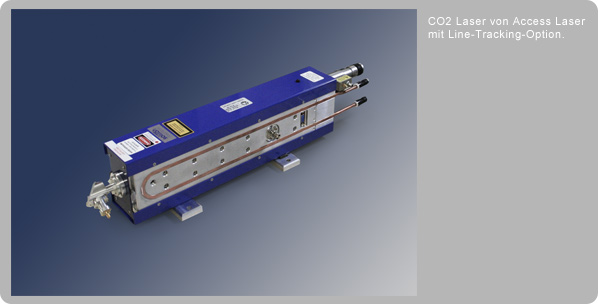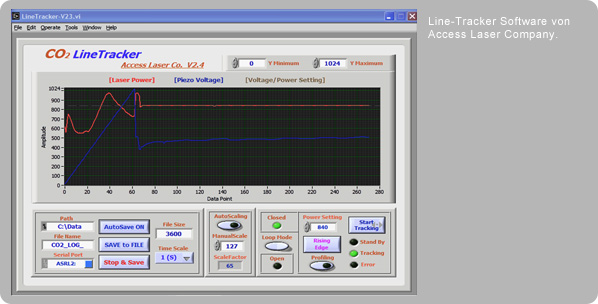The word “nano” is on everyone’s lips in many areas today. On the one hand, it provides a certain amount of information about a geometric size and on the other hand, this word refers to a new generation of particles that, due to their size, have special properties that the same substance no longer shows if it is slightly larger. Whether nanoparticles are used in paints, cleaning agents or in composite materials, research and science, as well as industry, are called upon to find suitable methods to identify these nanoparticles or macromolecules.

There is still a great need for material-specific methods, especially for the chemical identification of nanocomposite materials. Light microscopy is a very elegant procedure because it works non-destructively and possible radiation damage to biological material is almost impossible. The big disadvantage is the optical resolution. Imaging nanoparticles is not possible with this method.

Researchers often use infrared light to analyze the chemical composition of the crystal structure or doping of materials. But infrared spectroscopy also reaches its limit due to its spatial resolution limit of a few micrometers. This method is therefore also not suitable for the representation of nanoparticles, although the length scale is of crucial importance for the analysis of novel nanocomposite materials or biological structures such as cell membranes and macromolecules. The group around Prof. Hillenbrand (both at CIC Nanogune and at Neaspec) has been intensively dealing with this topic for several years. Microscopy methods were developed here that circumvent the problem of resolution limitations. Based on a force microscope (AFM), its probe tip is used as both a force and a scattering probe. The scattered light is generated by directing the light from a tunable CO2 laser or a quantum cascade laser onto the probe tip, whose diameter is only 10nm. Scattering light provides information about the topography, the mechanical as well as the local optical properties. The optical resolution with this method is independent of the wavelength of the light and is around the tip apex at the mentioned 10nm. The probe acts like an antenna for the irradiated light and focuses it to a few nanometers. This extremely small spot of light now serves to illuminate the sample. Due to the optical near-field interaction between the tip and the sample surface, the intensity of the emitted light changes depending on the local refractive index of the sample. If the radiation is now measured at each pixel, an optical image can be obtained that reflects the refractive index of the sample and whose resolution depends exclusively on the tip radius and no longer on the wavelength. is no longer diffraction limited according to Abbe.

Due to their large tuning range of more than 1.5µm, CO2 lasers are ideal as an IR radiation source. Our manufacturer ACCESS LASER COMPANY offers a line tracker for line stabilization. This also stabilizes the laser power and the longitudinal and transversal mode structure.
